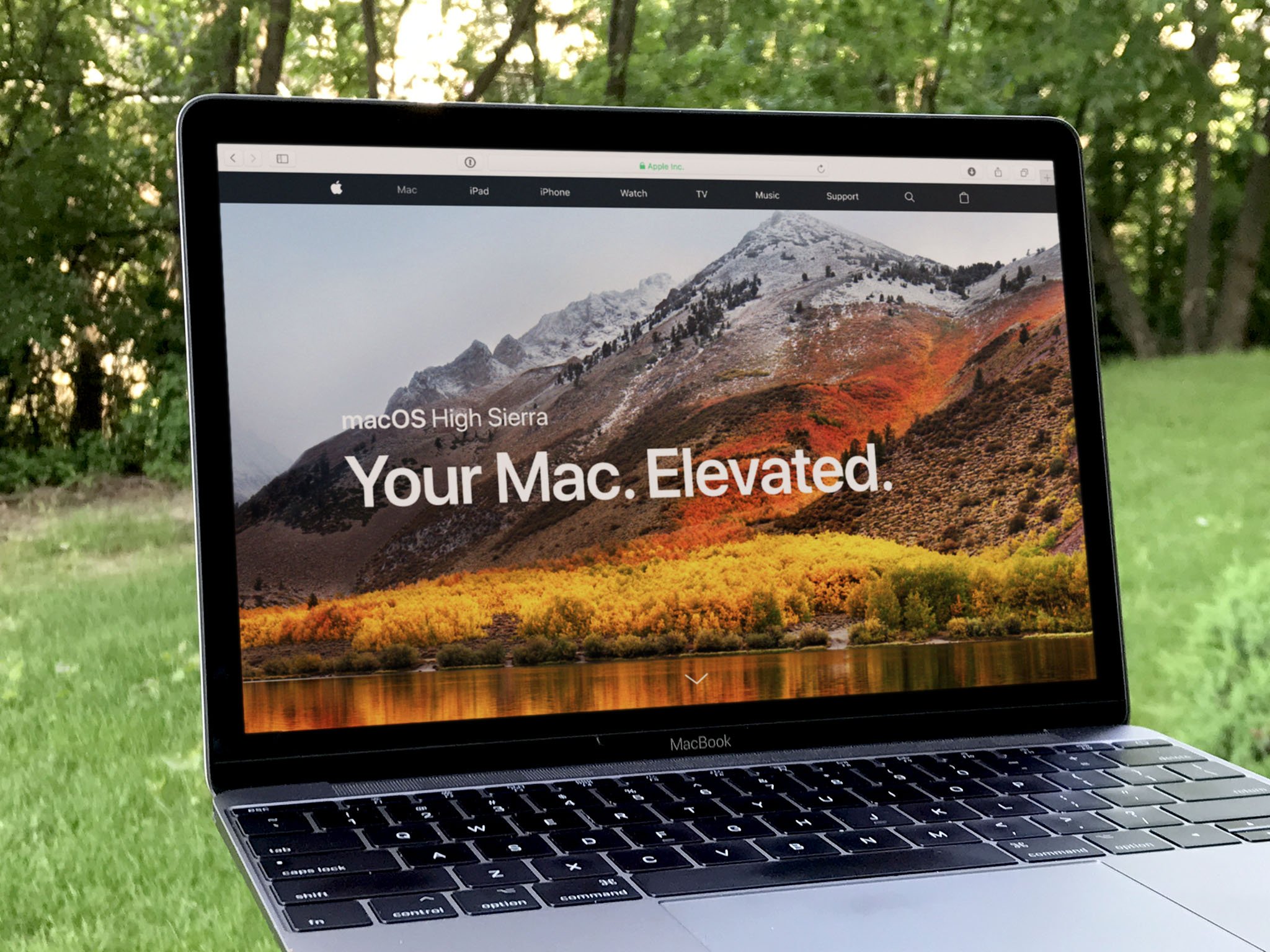
Linux App For Speaking Written Text Like Mac Say
Basic Say Command The basic command to make your Mac talk is fairly easy to use. Just open the Terminal and type in the following command: say 'Hello, from MacLife' This will cause the default selected voice in OS X to spring to life and say the words that are wrapped in quotes. Pretty nifty, huh? Let’s step this up a bit, though. Say with Different Voices OS X comes with more than 20 voices pre-installed and ready at your disposal.
Brief: Notepad++ is not available for Linux but we’ll show you the best Notepad++ alternatives for Linux in this article. Notepad++ has been my favorite text editor in Windows at work.At home, I use desktop Linux and I miss Notepad++. I do not know why even after several years Notepad++ has not come up with its Linux client.
Here’s a list of what’s available as of Mountain Lion: Female Voices - Agnes - Kathy - Princess - Vicki - Victoria Male Voices - Alex - Bruce - Fred - Junior - Ralph Novelty Voices - Albert - Bad News - Bahh - Bells - Boing - Bubbles - Cellos - Deranged - Good News - Hysterical - Pipe Organ - Trinoids - Whisper - Zarvox say -v 'voice name' 'text to say' Replace “voice name” with a name of the voice in the list above, and “text to say” with the text that you wish the voice to speak. For instance, if we wanted to say “Hello from MacLife” using the “Good News” voice, we’d use the following command: say -v 'Good News' 'Hello from MacLife' Interesting note: The “Droid” saying that Motorola uses in many of their Android commercials can be recreated by saying “Droid” using the “Cellos” voice. Outputting the Audio to a File for Playback Later Using the “say” command by itself is a good way to play a practical joke, or use it for other text-to-speech uses; but, many people will find it useful to save the voice out for later use: perhaps for use in a video, or other setting. To do this, use the “-o” (or output) flag to specify a path and filename for the audio to be written. AIFF is the default file format, and is supported by most voices; however, other voices can use WAV or MP3 for output formats. To output the voice, try this: say -v 'Cellos' 'Lalalalalalalalala' -o recording.aiff Instead of the text being spoken through the CLI interface, you’ll see a file outputted at the path you specified.
There are many uses for this, so feel free to experiment. Cory Bohon is a freelance technology writer, indie Mac and iOS developer, and amateur photographer.
Will my license expire? NaturalReader licenses never expire but you will be charged a fee should you require new download links after 180 days. What types of files can NaturalReader convert to mp3? NaturalReader supports.pdf,.doc(x),.epub,.txt and.rtf files. How to listen to PDF files? There are three ways to read the pdf files: 1. Free antivirus for mac.
Open NaturalReader -> click 'open' button to open the file; 2. Click the floating bar button of NaturalReader to go to the floating bar, select the text in the pdf file and click 'play ' button to listen to; 3. If the pdf file is a scanned file or it is protected by the copyright, please use the floating bar, click “Add New” -> capture to capture the text to read. What are the minimum system requirements for Mac and PC? NaturalReader for Windows: Operation system: Windows7, Win8, Win8.1 and Win10; Processor: 500Mhz Memory: 64 MB (128 recommended); Free Disk Space: 500MB (Natural Voices may require 600MB free space).

NaturalReader for Mac supports Mac OS X 10.10 or later.